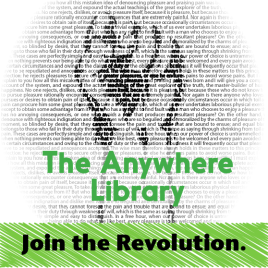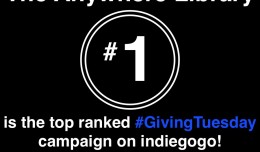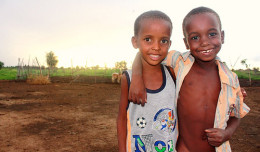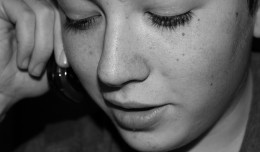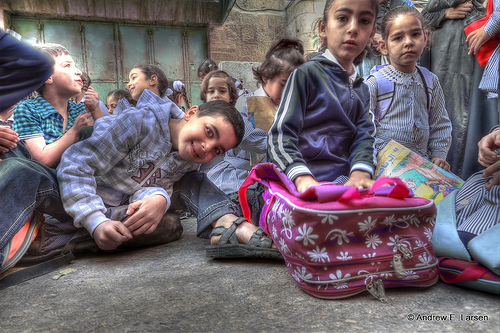 Although the law promises all children access to free education, thousands of Palestinian children in East Jerusalem are denied this right while others receive a substandard education in inadequate school facilities. Faced with a growing population, the municipality of East Jerusalem has been unable to provide additional resources to educate all Palestinian children. This is the result of insufficient funds allocated to education and school facilities by the Jerusalem Municipality.
Although the law promises all children access to free education, thousands of Palestinian children in East Jerusalem are denied this right while others receive a substandard education in inadequate school facilities. Faced with a growing population, the municipality of East Jerusalem has been unable to provide additional resources to educate all Palestinian children. This is the result of insufficient funds allocated to education and school facilities by the Jerusalem Municipality.
In 2012, the Association for Civil Rights in Israel (ACRI) and Ir Amim examined this growing problem in the report “Failed Grade: East Jerusalem’s Failing Educational System.” They found that thousands of Palestinian children never attend school, while those who do receive an education have a dropout rate of approximately 40%.
“If you look at the many problems in East Jerusalem, not only missing classrooms, but [also] classes unfit for studies and a lack of well-trained personnel, I think that definitely the right to education for children in East Jerusalem is at the moment violated. Overall, the system is in a poor state of affairs” stated Ronit Sela, spokesperson for ACRI.
Children who do attend school must contend with severe overcrowding, a lack of appropriate classrooms, and untrained teachers. The report found that the education system in this region faces a deficit of more than 1000 classrooms when considering the number of students they must serve. This deficit results in students being turned away from enrolling in schools, while enrolled students are forced to share their desks in extremely cramped quarters.
When asked about the overcrowding problem and how it affects students, school principal Nidaa Amira at Fata’al Lajia girls’ school explained “it’s something very normal. We don’t notice it anymore. Of course, we’re going to have violence [between the students] because they’re sitting over each other. But they cope with it. It’s something we have to live with.”
This educational crisis has also left many existing classrooms and school building falling in states of disrepair with no opportunities available to improve conditions. Without sufficient funding, these schools also have difficulties providing basic necessities to their students including sanitation, heat in winter or cooling in summer.
In occupied East Jerusalem, four different educational authorities govern the educational system. As of 2011, 48% (40,000) of the city’s Palestinian children attended public schools run by the Israeli Ministry of Education and the Jerusalem municipality. Schools run by the Israeli government teach an Israeli-approved curriculum, while those run by the municipality teach a Palestinian-approved curriculum.
The remaining 52% of students attend private, religious or refugee schools. Private schools charge their students tuition and often teach a combination of Palestinian and either American or British curricula. Other schools receive the support of religious organizations and offer Christian, Protestant or Islamic instruction also for a fee. Finally, the UN Relief and Works Agency runs schools in the Shufat refugee camp.
Creative Commons Love: Andrew E. Larsen on Flickr.com





